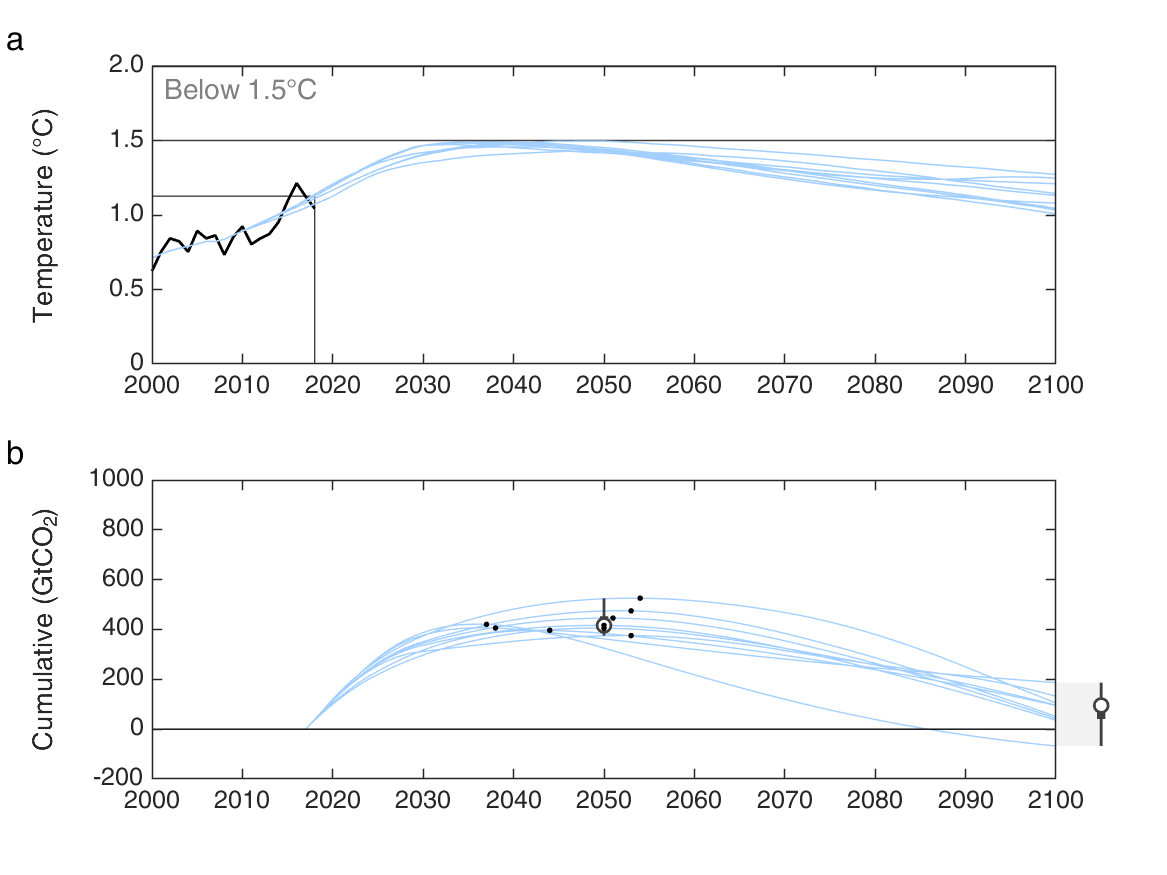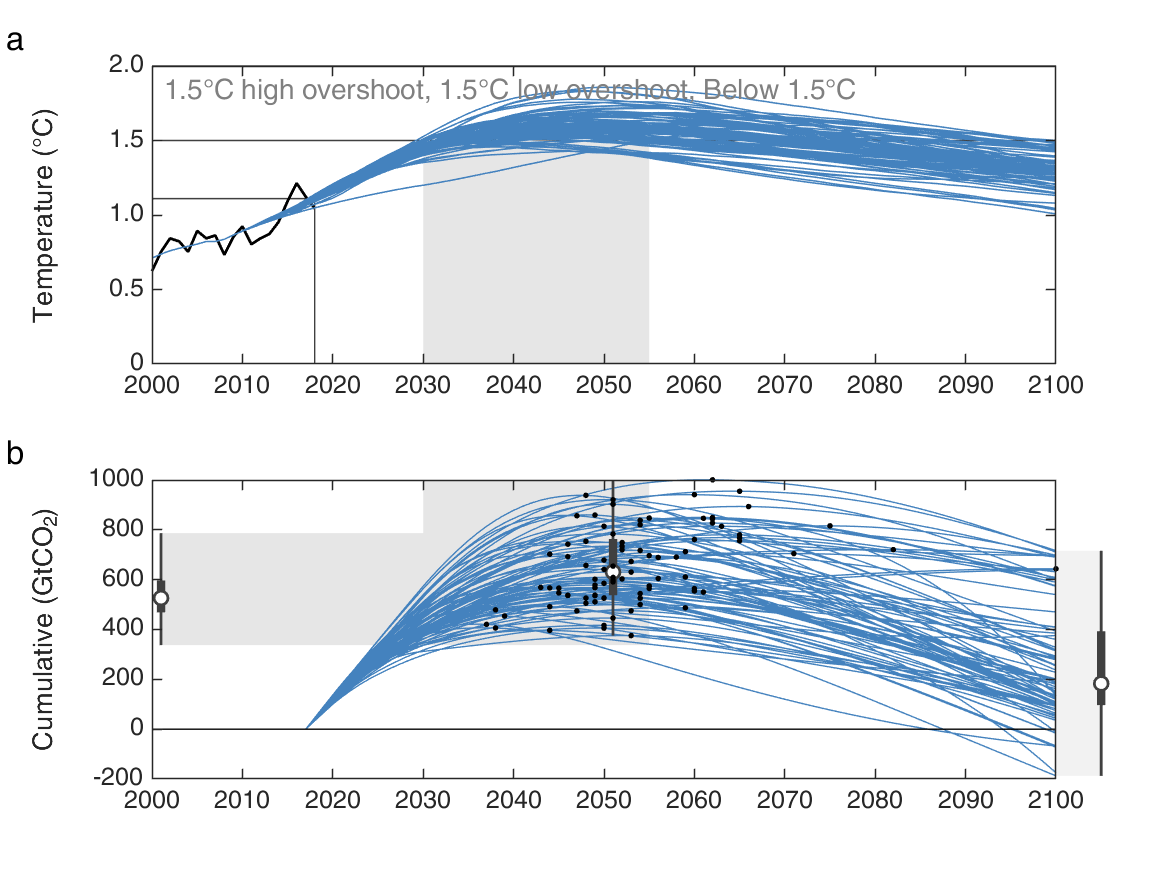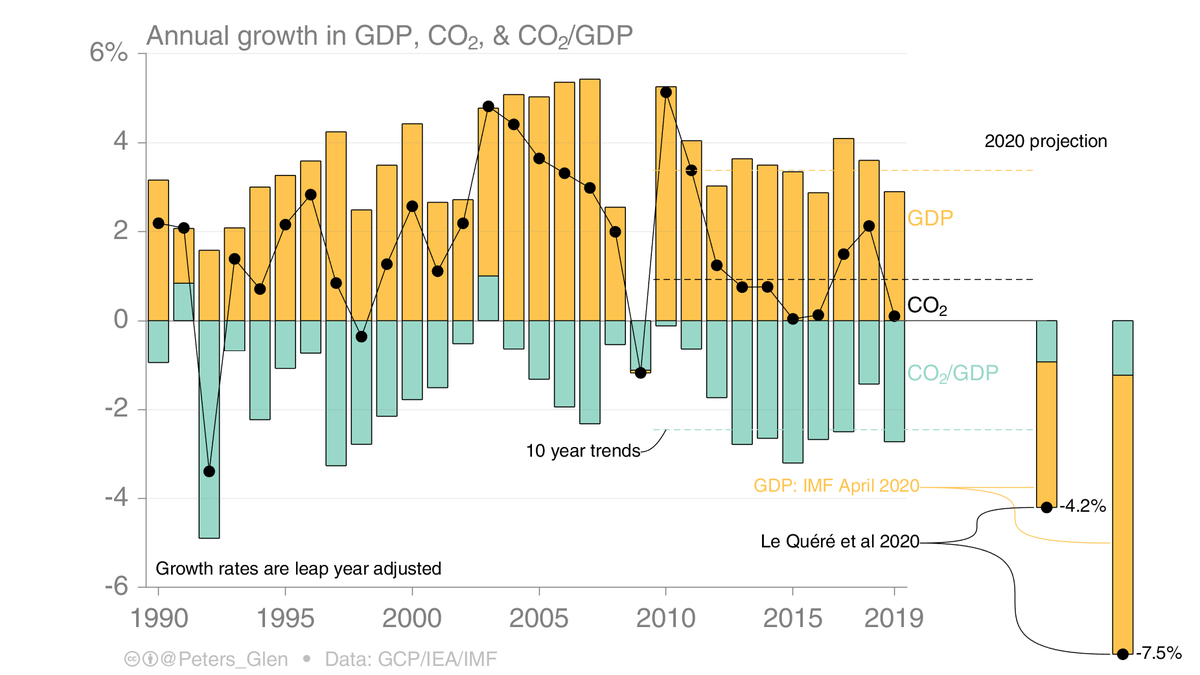It is possible to extend the Sustainable Development Scenario to 1.5°C, but it requires large-scale negative emissions (as in nearly all 1.5°C scenarios)!
1/
iea.org/newsroom/news/…
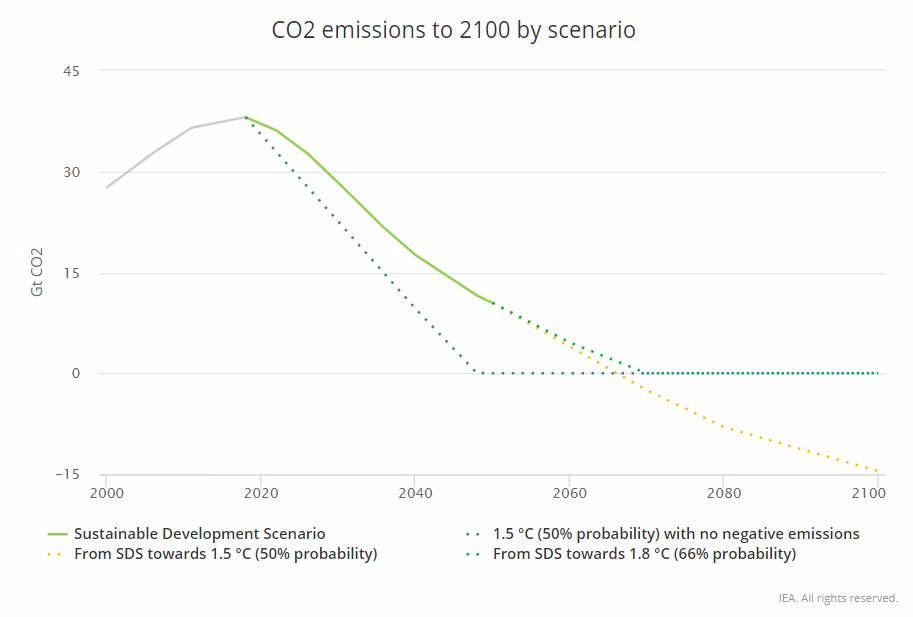
Figures show BECCS in #SR15 scenarios, 1.5°C & <2°C.
3/
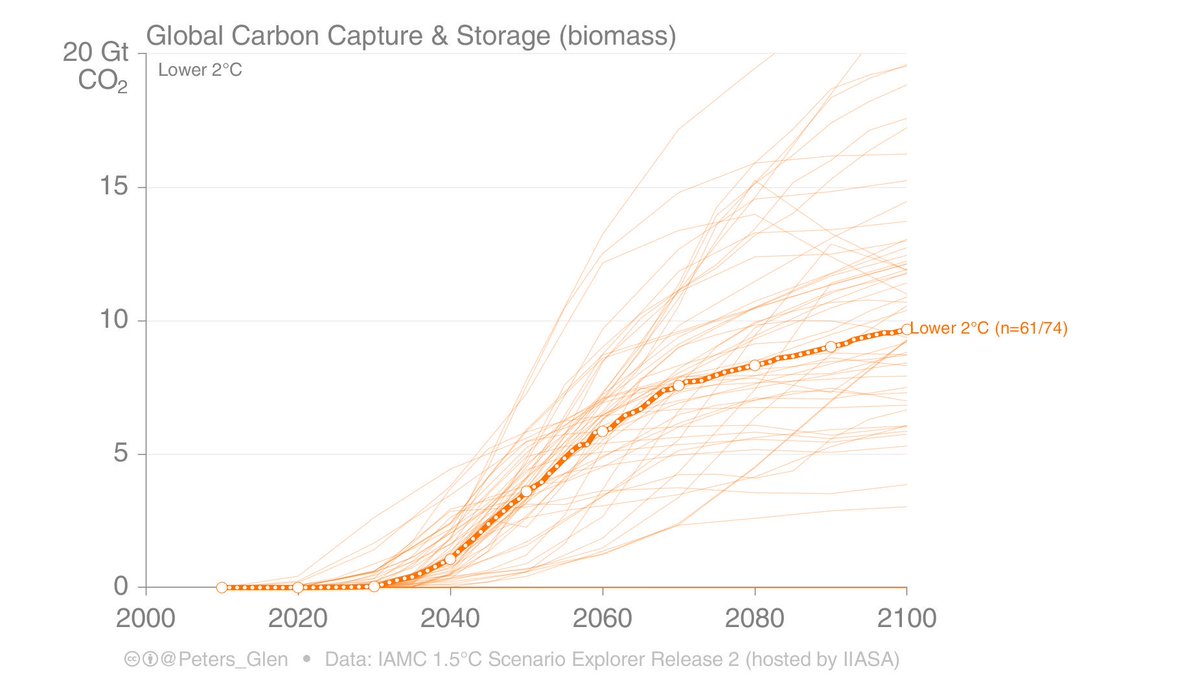
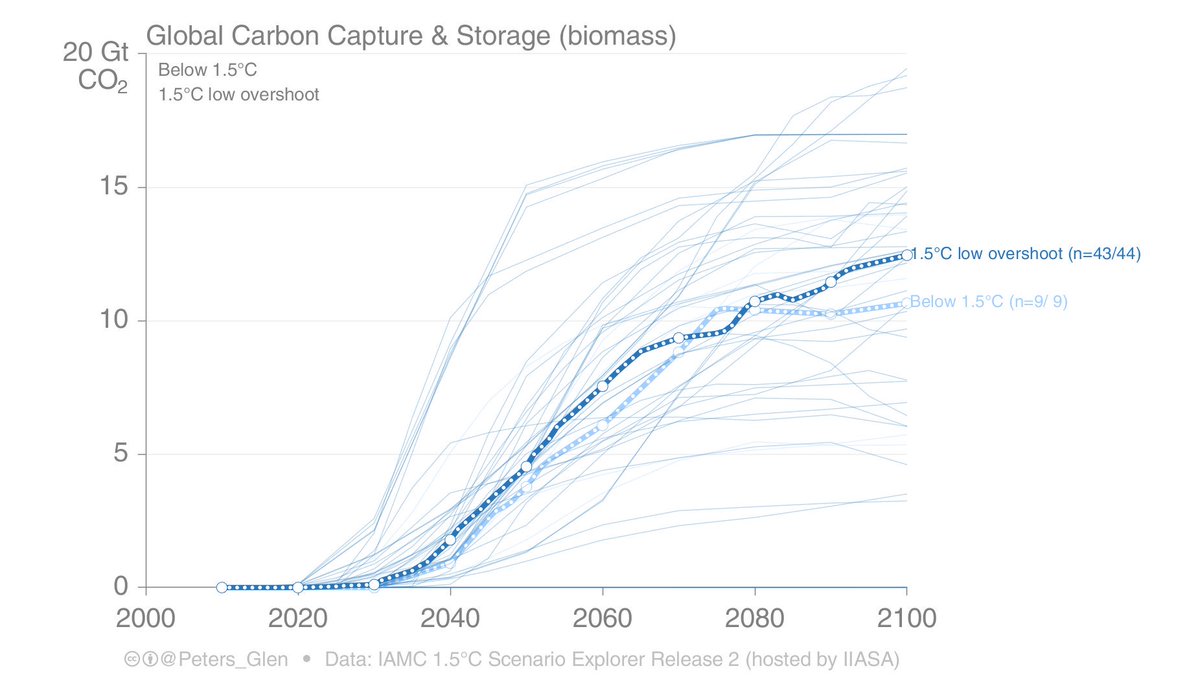
4/
[Yes, the IEA is implying this is a problem]
5/
6/
[Take note those doing IPCC assessments...]
7/
8/
Pushing harder & harder for 1.5°C, which is valid in terms of climate impacts, also means more & more pressure for negative emissions.
9/
10/10



